Cauliflower, a versatile cruciferous vegetable, has surged in popularity in recent years, gracing menus from gourmet restaurants to home kitchens. Its mild, slightly nutty flavor and ability to absorb seasonings make it a favorite ingredient in dishes ranging from roasted medleys to creamy soups. However, achieving the ideal texture—tender yet crisp, neither undercooked nor mushy—requires precision and technique. One of the most effective methods involves blanching the cauliflower before stir-frying, a two-step process that ensures even cooking and enhances both flavor and nutritional value. This article delves into the science and practicality of blanching and stir-frying cauliflower, exploring the optimal timings, temperature controls, and culinary tricks to elevate this humble vegetable into a star ingredient.
The Science Behind Blanching: Why It Matters
Blanching, a brief cooking method involving immersion in boiling water followed by rapid cooling, serves multiple purposes. First, it softens the cauliflower’s fibrous structure, reducing the overall cooking time required during stir-frying. This is particularly crucial for cauliflower, whose dense florets can become unevenly cooked if not properly prepared. Second, blanching deactivates enzymes that cause vegetables to lose color, flavor, and nutrients over time. By halting enzyme activity, blanching preserves the vegetable’s vibrant white hue and locks in vitamins such as C and K. Third, blanching removes bitterness, mellowing the cauliflower’s natural sulfurous notes to create a more balanced taste profile.
The process begins with boiling a large pot of salted water. The salt not only seasons the cauliflower but also raises the water’s boiling point, accelerating the blanching process. Cauliflower florets, cut into uniform pieces (typically 1.5–2 inches in diameter), are submerged in the boiling water for 2–3 minutes. This timeframe is critical: too short, and the vegetable remains raw; too long, and it becomes waterlogged, losing its structural integrity. After blanching, the florets are immediately transferred to an ice bath—a mixture of ice and cold water—to halt cooking. This “shocking” step preserves color and texture, ensuring the cauliflower does not overcook before stir-frying.
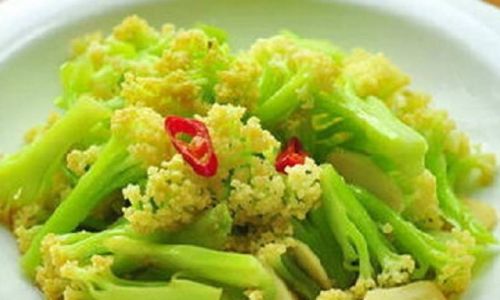
Stir-Frying: The Final Flourish
Stir-frying, a high-heat cooking technique originating in East Asia, transforms blanched cauliflower into a caramelized, flavorful dish. The key to success lies in three factors: heat, timing, and agitation. A well-seasoned wok or large skillet is heated over high flame until smoking hot, ensuring the cauliflower sears rather than steams. A neutral oil with a high smoke point, such as grapeseed or peanut oil, is added to coat the pan. The blanched and thoroughly drained florets are then tossed into the wok, accompanied by aromatics like garlic, ginger, or chili flakes, which infuse the dish with depth.
The stir-frying duration hinges on the desired texture. For al dente cauliflower, retaining a slight crunch, 3–4 minutes of constant stirring suffice. For softer florets, 5–6 minutes may be required. The visual and tactile cues are unmistakable: the edges of the florets begin to caramelize, turning golden brown, while the stems yield gently when pierced with a fork. Overcooking at this stage risks mushiness, so vigilance is paramount.
Factors Influencing Cooking Time
Several variables affect how long cauliflower should be stir-fried after blanching:

- Size of Florets: Smaller pieces cook faster. If the florets are chopped into bite-sized chunks, reduce stir-frying time by 1–2 minutes.
- Heat Intensity: A raging hot wok sears the exterior quickly, trapping moisture inside. Lower heat may extend cooking time, increasing the risk of sogginess.
- Desired Texture: Personal preference plays a role. Those favoring a crisper texture should aim for the shorter end of the time spectrum, while lovers of tender cauliflower should lean toward the longer end.
- Additional Ingredients: Ingredients added during stir-frying, such as thick sauces or dense vegetables (e.g., carrots, bell peppers), can alter cooking dynamics. Dense items may require pre-cooking or staggered addition to avoid uneven results.
Nutritional Benefits of Blanching and Stir-Frying
Cauliflower is a nutritional powerhouse, boasting fiber, antioxidants, and anti-inflammatory compounds. Blanching minimizes nutrient loss compared to prolonged boiling, as the brief immersion in hot water leaches fewer vitamins and minerals. Stir-frying further preserves nutrients by using minimal oil and rapid cooking, reducing the degradation of heat-sensitive nutrients like vitamin C. Additionally, the high-heat caramelization during stir-frying enhances the vegetable’s natural sweetness, making it more palatable to those averse to its raw bitterness.
Common Pitfalls and How to Avoid Them
Even seasoned cooks may encounter challenges when blanching and stir-frying cauliflower. Here’s how to troubleshoot:
- Mushy Texture: Over-blanching or over-stir-frying are the primary culprits. Strictly adhere to the 2–3 minute blanching time and 3–6 minute stir-frying window.
- Uneven Cooking: Overcrowding the wok leads to steaming instead of searing. Cook in batches if necessary, ensuring each floret contacts the pan’s surface.
- Lack of Flavor: Blanched cauliflower benefits from bold seasonings. Experiment with spices like cumin, turmeric, or smoked paprika, or add umami-rich ingredients like soy sauce or miso during stir-frying.
- Sogginess: Inadequate draining after blanching introduces excess moisture. Pat the florets dry with a clean kitchen towel before stir-frying.
Creative Applications and Recipe Ideas
Blanching and stir-frying cauliflower serve as a canvas for culinary innovation. Here are a few ideas to inspire your next meal:
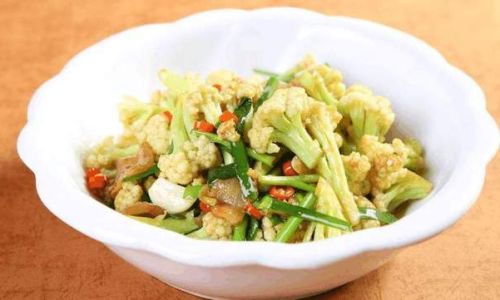
- Spicy Garlic Cauliflower: Toss blanched florets with minced garlic, red pepper flakes, and a drizzle of sesame oil. Garnish with sliced scallions and toasted sesame seeds.
- Cauliflower “Fried Rice”: Pulse blanched cauliflower in a food processor to mimic rice grains. Stir-fry with peas, carrots, eggs, and soy sauce for a low-carb twist.
- Indian-Spiced Cauliflower: Sauté with turmeric, cumin, coriander, and ginger. Finish with fresh cilantro and a squeeze of lime.
- Mediterranean-Style Cauliflower: Combine with olives, sun-dried tomatoes, and feta cheese after stir-frying. Drizzle with olive oil and oregano.
Advanced Techniques for Enthusiasts
For those seeking to refine their skills, consider these advanced tips:
- Sous-Vide Blanching: Precision-cook the cauliflower in a water bath at 185°F (85°C) for 15–20 minutes before shocking. This method ensures uniform doneness and retains maximum nutrients.
- Dry-Stir-Frying: After blanching, roast the florets in a hot oven for 5 minutes to remove excess moisture. This “dry” preparation intensifies caramelization during stir-frying.
- Fermented Flavors: Introduce a splash of vinegar or kimchi brine during stir-frying for a tangy kick.
The Role of Equipment
Investing in quality cookware elevates the blanching and stir-frying process:
- Wok vs. Skillet: A wok’s concave shape promotes efficient heat distribution, ideal for high-heat stir-frying. A large skillet is a suitable alternative if a wok is unavailable.
- Spider Strainer: This basket-like tool simplifies transferring blanched cauliflower to the ice bath.
- Thermometer: For sous-vide blanching, a reliable thermometer ensures temperature accuracy.
Cultural Perspectives on Cauliflower
Cauliflower’s culinary journey spans continents, with each culture adopting unique preparations:
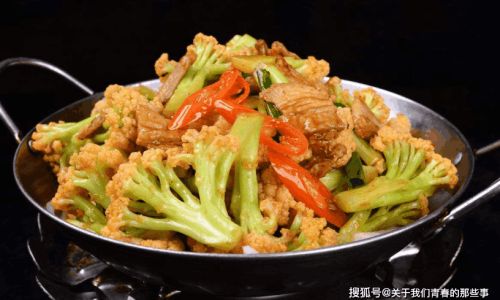
- Italy: Cavolfiore alla Griglia features grilled cauliflower steaks dressed with lemon and Parmesan.
- India: Gobi Manchurian blends stir-fried cauliflower with a sweet-and-spicy sauce, a fusion of Indian and Chinese flavors.
- Morocco: Cauliflower tagines, slow-cooked with preserved lemons and olives, showcase the vegetable’s versatility in stews.
Sustainability and Cauliflower
As sustainability gains prominence, cauliflower emerges as an eco-friendly choice. It requires fewer resources to cultivate than meat or grains, and every part—from florets to leaves—is edible. Repurpose cauliflower leaves in stir-fries or soups to minimize waste.
Conclusion: The Path to Cauliflower Mastery
Blanching followed by stir-frying is a culinary technique that transforms cauliflower into a tender, flavorful dish. By mastering the timings—2–3 minutes for blanching and 3–6 minutes for stir-frying—you unlock the vegetable’s full potential. Whether paired with bold spices, incorporated into global dishes, or enjoyed as a standalone side, cauliflower rewards precision with exceptional taste and texture. Experiment with seasonings, embrace creativity, and savor the results of this time-honored method. Your journey to cauliflower perfection starts here.
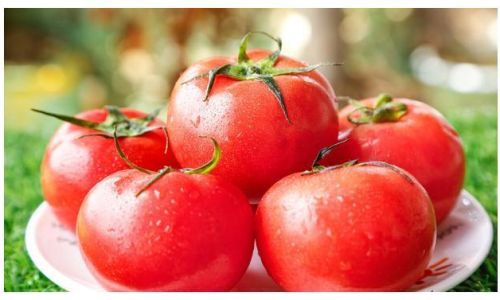
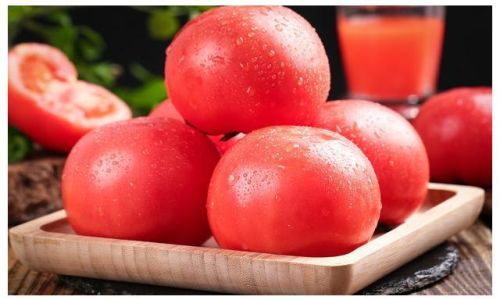
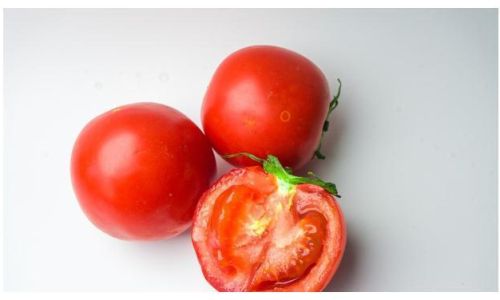
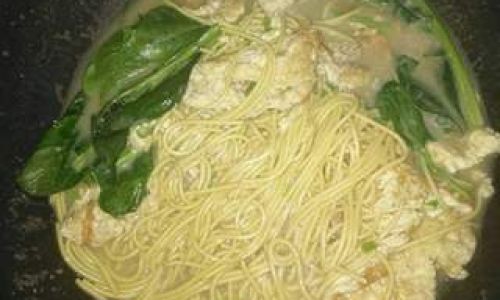
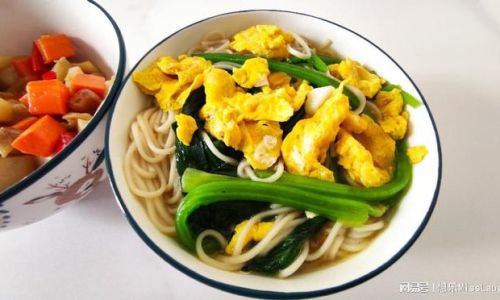
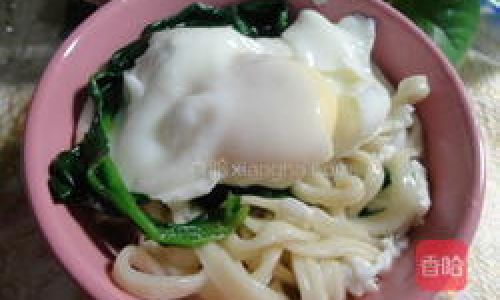
0 comments